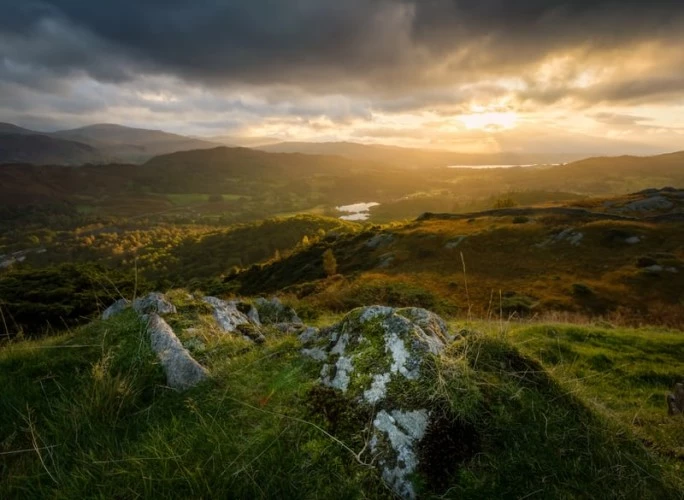-
Netferry explores culture in the Netherlands
The Netherlands is in northern Europe, the landscape is flat, and the countryside is marked by lovely windmills and tulip fields in spring. The majority of Dutch people speak English very well. Getting around on a bicycle is the best way to travel as the roads are well equipped with cycle lanes. The Netherlands isn't a religious place, and most people would consider themselves secular. Only about 39% of citizens claim to be religious, and of this group, only 6% attend church regularly.
They produce a lot of cheese!
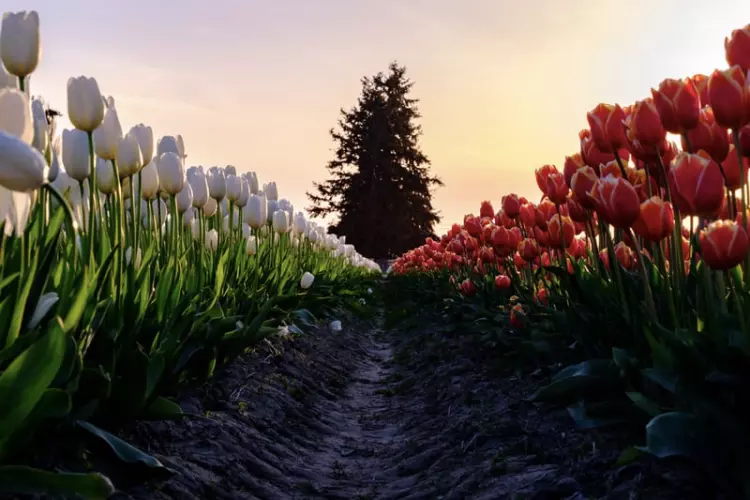
-
NetFerry explores Finnish culture!
Finland is in Northern Europe, bordering Sweden, Norway and Russia. The capital is Helsinki, which occupies a peninsula and some islands in the Baltic Sea. Finish culture combines its indigenous heritage; for example, there are two national languages, Uralic Finnish and Germanic Swedish. The sauna is another big part of the culture, in common with the other Nordic countries. Finland has been influenced by Finnic and Baltic culture, due to its geographic location and Sweden and Russia were former dominant powers. Built on simple values; Finnish culture is all about a love of nature, egalitarianism and ideals around self-sufficiency. Many Finnish people own a summer cottage, out in the countryside, where they spend holidays enjoying nature and doing sports.
History
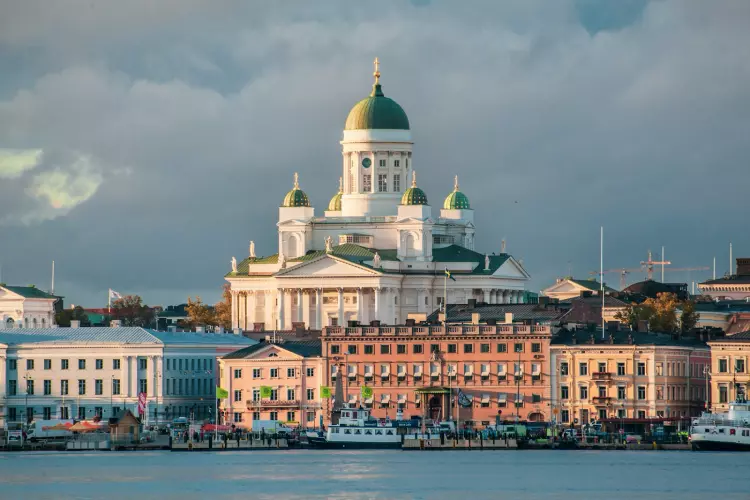
-
Netferry explores Scottish weddings
Today Netferry is in Scotland, to experience a traditional Scottish wedding! If you think wearing a kilt is enough, you're wrong! A Scottish wedding is full of specifically Scottish traditions, that continue to live on for both the happy couple and their guests, today Netferry explores these customs.
Unusual traditions
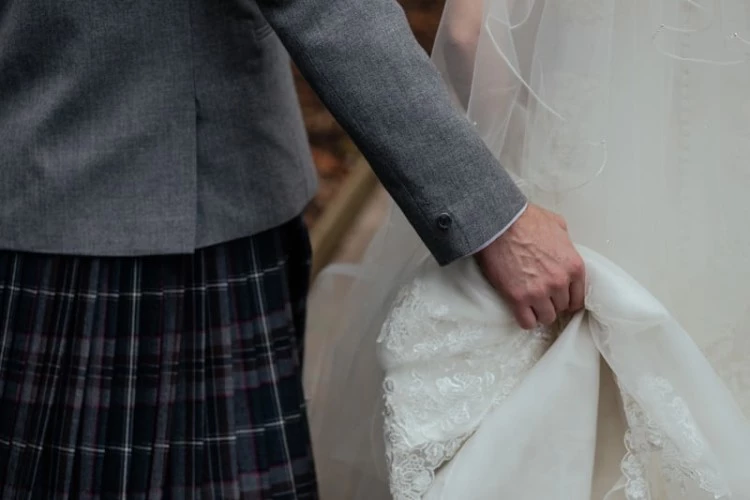
-
Netferry introduces Sicily: the global island
Sicily is a fascinating island. It has a complicated history, which is evident in Sicilian culture and architecture. Today, we all agree that we live in a globalised world, but Sicily has always been a global island and a hub where East meets West, and Europe meets the global south. Sicily's list of invaders contains the usual suspects, the Phoenicians, Carthaginians, Greeks, Romans, Arabs, Byzantines, Spaniards and the Normans. But the three main influences come from the Sicani from North Africa, the Siculi from Latium (Italy) and the Elymni from Greece.
In the 6th century BC, the Greeks conquered the island. In the 8th century BC, the Carthaginians arrived from North Africa, forming a cultural divide on the island and the two major cities, Palermo in the northwest and Catania in the EastEast, battled for dominance. However, the Arabs were the first to establish proper trade, farming and mining in Sicily, they developed the island and made it an attractive prize for European opportunists. The Normans, who formed in France from a group of Viking settlers, took the chance to invade in 1061 and they made Palermo the centre of their growing empire. It subsequently became one of Europe's grandest cities.
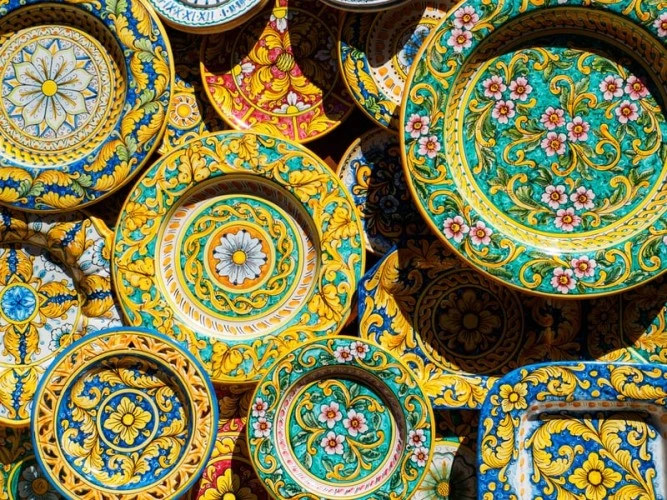
-
In Finland with NetFerry: what to see and where to eat in Turku
Today NetFerry explores the Finnish city of Turku, lying at the mouth of the Aurajoki River, it's a fascinating and green place full of bars and cafés to delight your palate!
Turku is bilingual and local people speak both Finnish and Swedish, due to its geographical location on the border of the two nations. It's a northern European medieval city and all the elements of this history are visible in the town, you have the river, a market square, a cathedral and of course a castle! There is also a modern part of Turku and the city is full of contemporary culture and exciting events. In 2011 the city was the European Capital of Culture.
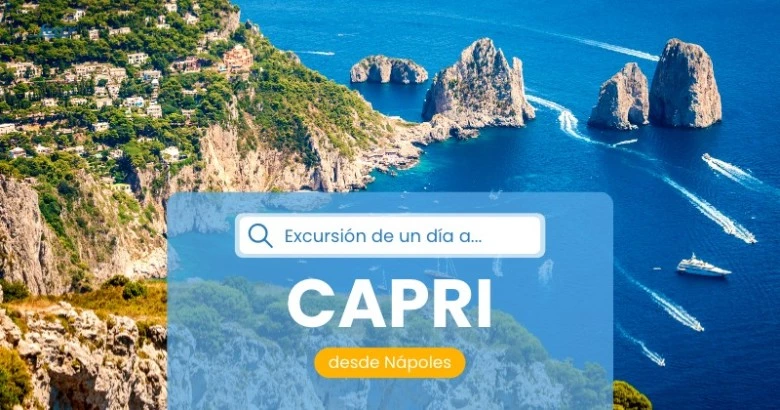
-
Netferry explores culture in Izmir, Turkey
Today NetFerry takes you to Turkey, a land of rich history, art and culture. This country has some beautiful cities that slowly reveal their charm, so let's explore! Izmir lies on the Aegean coast and is one of Turkey's oldest cities. Formerly known as Smyrna, the city established itself as a maritime hub with an important port, and today it is still a critical commercial and industrial city, as well as being a fascinating cultural centre.
Izmir's ancient past ...
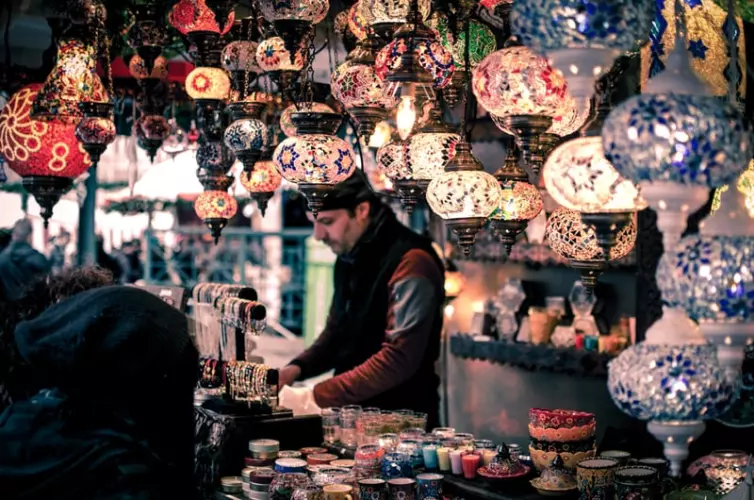
-
In Scotland with NetFerry: what to see and where to sleep in Edinburgh
Netferry advises you not to miss a fantastic city, after visiting Scotland's famous lakes and mountains: the wonderful and fascinating Edinburgh. Let's start to discover what not to miss and the best places to sleep in this city!
Edinburgh: The Gothic Capital of Scotland
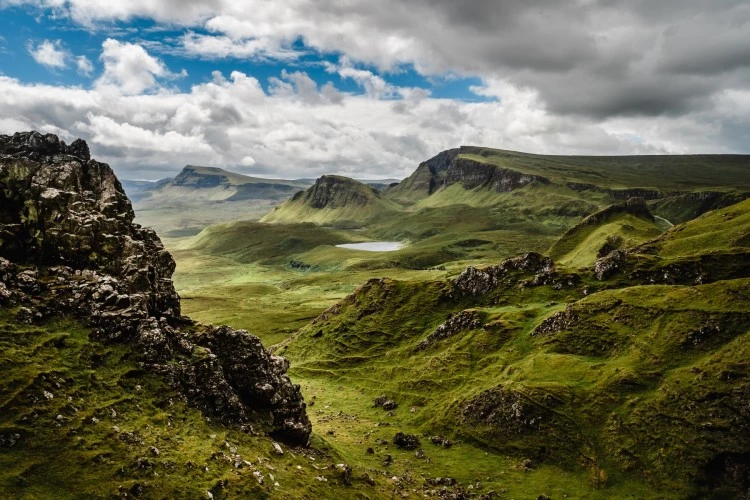
-
Visit Ireland with Netferry: where to sleep and what to do!
Dublin, the capital!
You'll probably arrive at the capital either by boat or plane, and you won't be disappointed as Dublin is a charming and bustling capital. Some of the best places to visit are Grafton Street, which was constructed in 1708 by a wealthy Dawson family. It began as a residential street for Dublin's more affluent citizens during the eighteenth century, but today it is full of shops, restaurants and pubs. Trinity College is also an essential place to visit, the library's highlight is the Long Room, with its fantastic interior, that is both grand and cosy at the same time! This iconic library is also home to The Book of Kells, which is a 9th-century manuscript that documents the four Gospels of the life of Jesus Christ. The Book of Kells is Ireland's most significant cultural treasure and the world's most famous medieval manuscript. Kilmainham Gaol is a former prison, located about 4km from the centre converted into a museum by the Government of Ireland. Many Irish revolutionaries were imprisoned and executed here, including the leaders of the 1916 Easter Rising. They hold some great exhibitions giving some background on the Troubles in Ireland.
